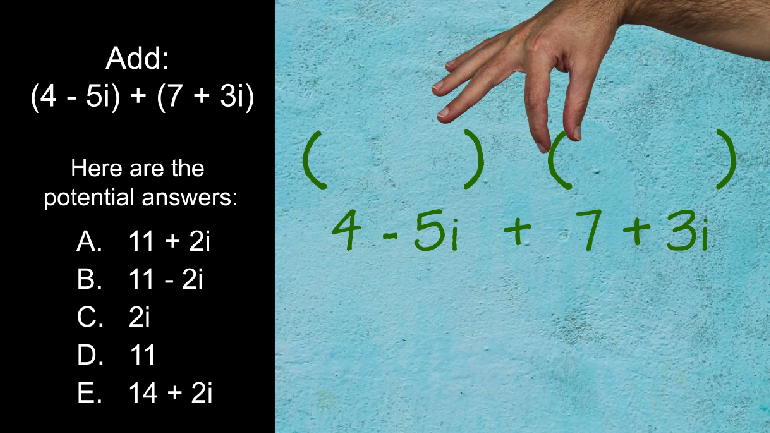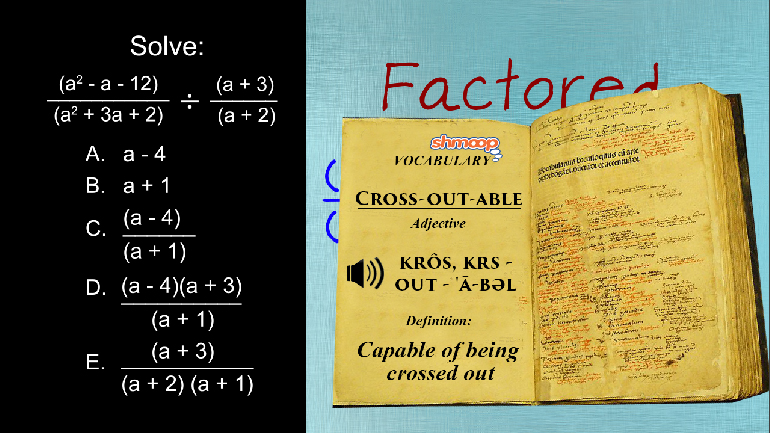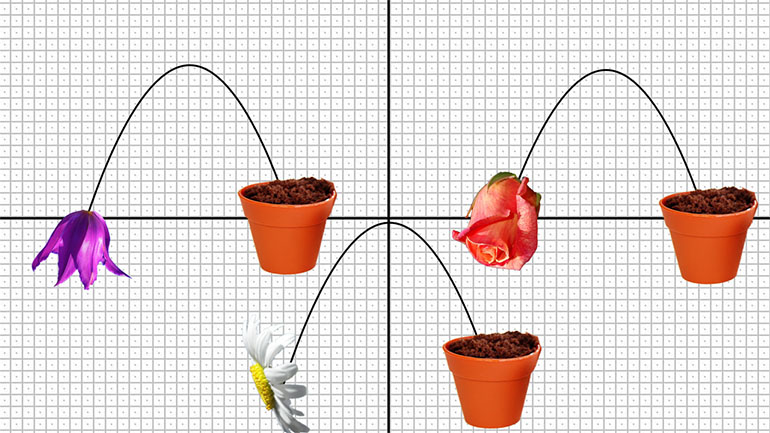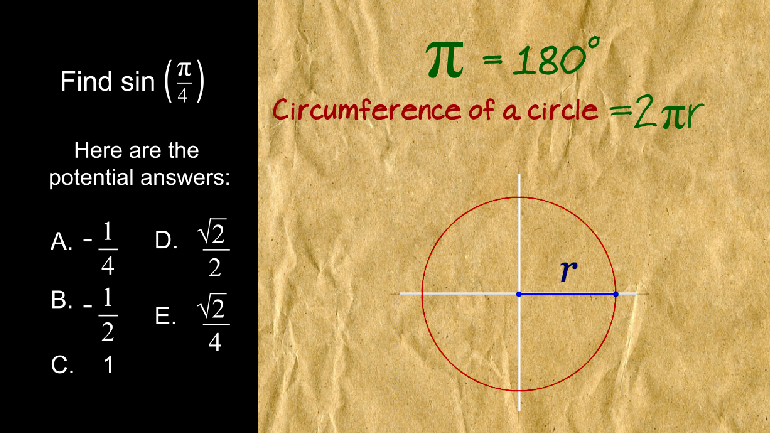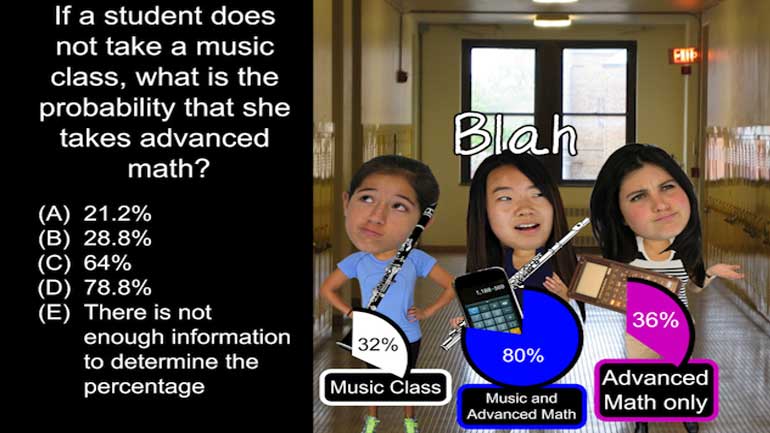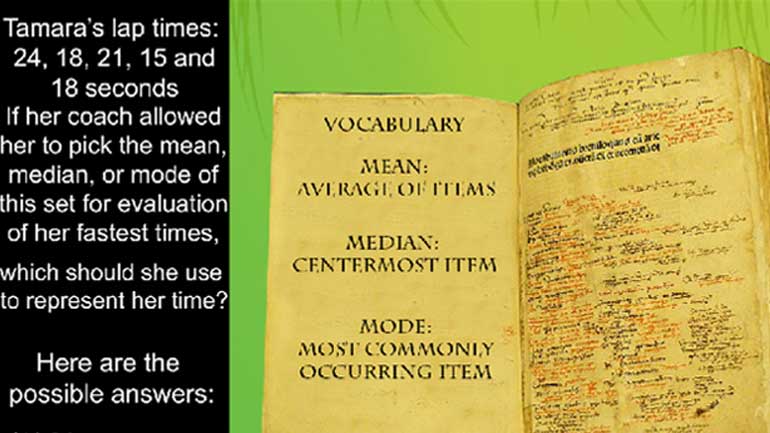ShmoopTube
Where Monty Python meets your 10th grade teacher.
Search Thousands of Shmoop Videos
Algebra II Videos 107 videos
ACT Math Pre-Algebra: Drill 3, Problem 4. Find the solution to this equation.
ACT Math 2.3 Trigonometry 225 Views
Share It!
Description:
ACT Math: Trigonometry Drill 2, Problem 3. The graph shown represents which function?
ACT Math: Trigonometry Drill 2, Problem 3. The graph shown represents which function?
- Trigonometry / Trig graphs
- Product Type / ACT Math
- Foreign Language / Arabic Subtitled
- Foreign Language / Korean Subtitled
- Foreign Language / Spanish Subtitled
- Foreign Language / Chinese Subtitled
- Functions / Model periodic phenomena with trigonometric functions
- Functions / Model periodic phenomena with trigonometric functions
- Trigonometry / Graphing trigonometric functions
Transcript
- 00:02
And here is your shmoop du jour...
- 00:03
The following is a graph above which function?
- 00:06
Here are the answers...
- 00:10
Sine. Cosine. Cactus. Cot. What ever that is. The figure starts at
- 00:15
0 ends at 2 pi, so it's period
Full Transcript
- 00:18
is 2pi...thats this thing. It goes all the way up
- 00:22
one and goes all the way down to -1 so it's
- 00:26
amplitude is 1. The options that immediately come to mind based on these
- 00:30
details are
- 00:31
A and B. Sine and Cosine. The difference though is that a normal sign graph
- 00:37
begins at the origin
- 00:38
whereas a normal cosine graph begins at point zero one.
- 00:43
This one looks like it's the latter...so our answer is A.
Related Videos
ACT Math: Coordinate Geometry Drill 1, Problem 1. Which inequality is expressed by the number line?
ACT Math: Intermediate Algebra: Drill 3, Problem 1. Find the fifth number in the series.
ACT Math: Plane Geometry Drill 3, Problem 1. What is the area of the trapezoid shape in the video?
Haven't you always wondered how much cardboard it takes to encase a trunk warmer for your pet elephant?
Want to figure out the area and perimeter of irregular shapes? Break them down into regular shapes. For example, a flower can be broken down into s...





